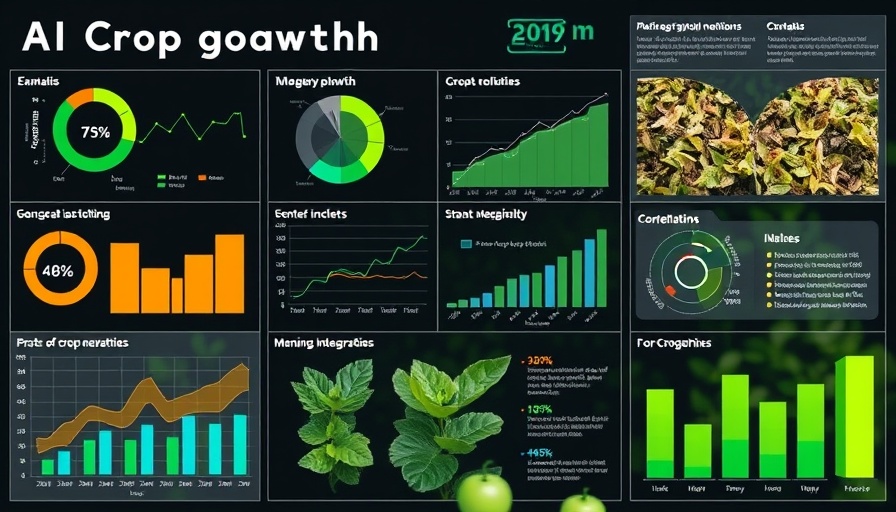
The Enduring Fascination with Mars: A Historical Perspective
The allure of Mars has captivated humanity since the late 19th century, reaching a compelling high during what is known as the "Mars Craze." In this era, newspapers published sensational tales, claiming sightings of intelligent Martians, complete with canal systems and grand civilizations. This early enthusiasm for Mars not only blurred lines between science and fiction but also set the stage for our long-standing curiosity about the Red Planet.
A Treasure Hunt of Historical Discoveries
David Baron's journey in creating his new book, "The Martians," is akin to embarking on a grand treasure hunt. Over seven years, Baron combed through countless newspaper archives, personal letters, and diary entries, seeking to extract the nuggets of truth from the waste rock of fictionalized accounts. His dedication to uncovering new information about Mars reflects both a labor of love and the challenges of historical research.
The Rise of Martian Myths and Modern Discoveries
From groundbreaking telescopes in the 1800s to present-day rovers exploring the Martian surface, our relationship with Mars has continuously evolved. Not only do we observe the planet through advanced technologies, but we also dream of one day colonizing it. This duality of admiration and ambition has firmly embedded Mars into our societal narrative, serving as a projection of both our fears and dreams about the future of human exploration and discovery.
What’s Behind Our Mars Obsession?
The question that looms over our fascination with Mars is: why does it hold such a prominent place in our culture? Baron attributes this prominence to both its mystery and romance, suggesting that our desire to connect with potential alien life embodies a deeper longing for understanding and connection beyond our terrestrial boundaries. The historical perceptions of intelligent Martians communicate our innate curiosity about what lies beyond Earth.
Counterarguments and Diverse Perspectives on Colonization
As we stand on the brink of potential colonization of Mars, it’s essential to consider the diverse perspectives surrounding such a bold endeavor. While many see Mars as the next frontier for humanity, others express ethical concerns about altering its environment or even encountering potential microbial life forms. As we advance in technologies like space exploration and innovation, the discourse within scientific, environmental, and philosophical realms becomes vital in shaping our path forward.
The Future of Mars as a Community Space
Looking ahead, the conversation about Mars isn't solely about science; it’s about weaving this narrative into our cultural identity. With current missions and plans for human travel to Mars, societal expectations are shifting. Each discovery encourages not only excitement about scientific advancements but also invites the possibility of future colonies, fostering a shared vision of what humanity could achieve if we come together in exploration.
In conclusion, the fascination with Mars reflects our enduring quest for knowledge and connection. As we dive deeper into space exploration, it’s imperative to ponder what ethical responsibilities come with venturing into new worlds. Embracing both our imaginative and rational sides will guide us as we strive toward the stars.
 Add Row
Add Row  Add
Add 




Write A Comment